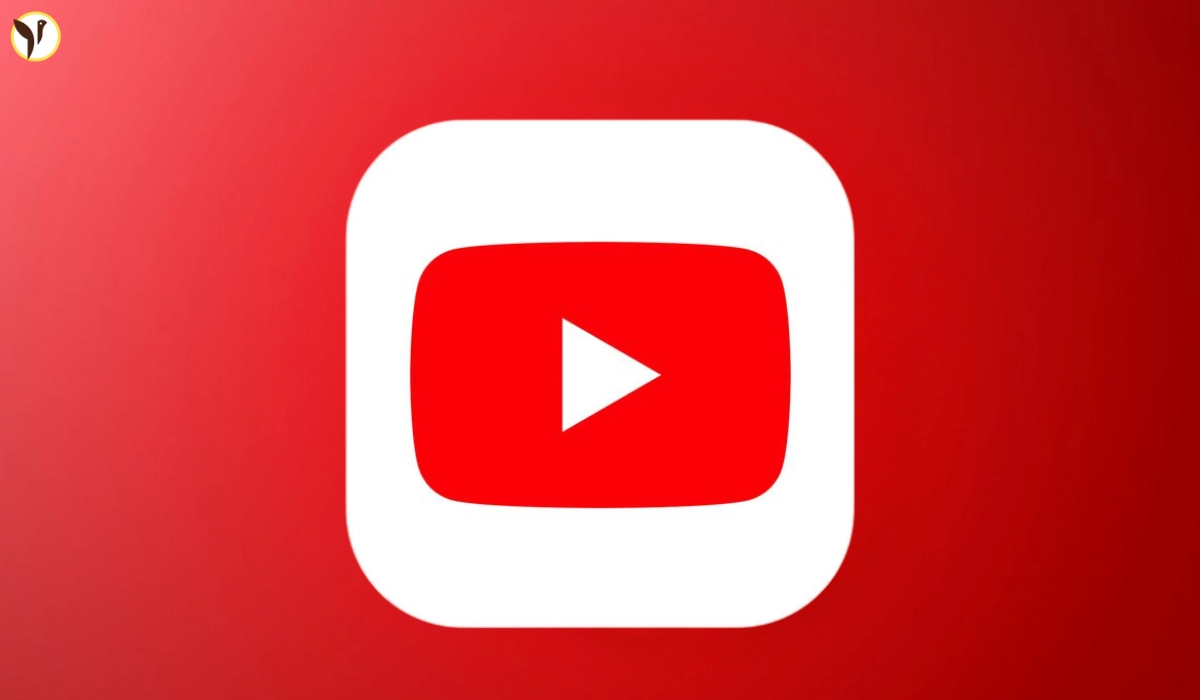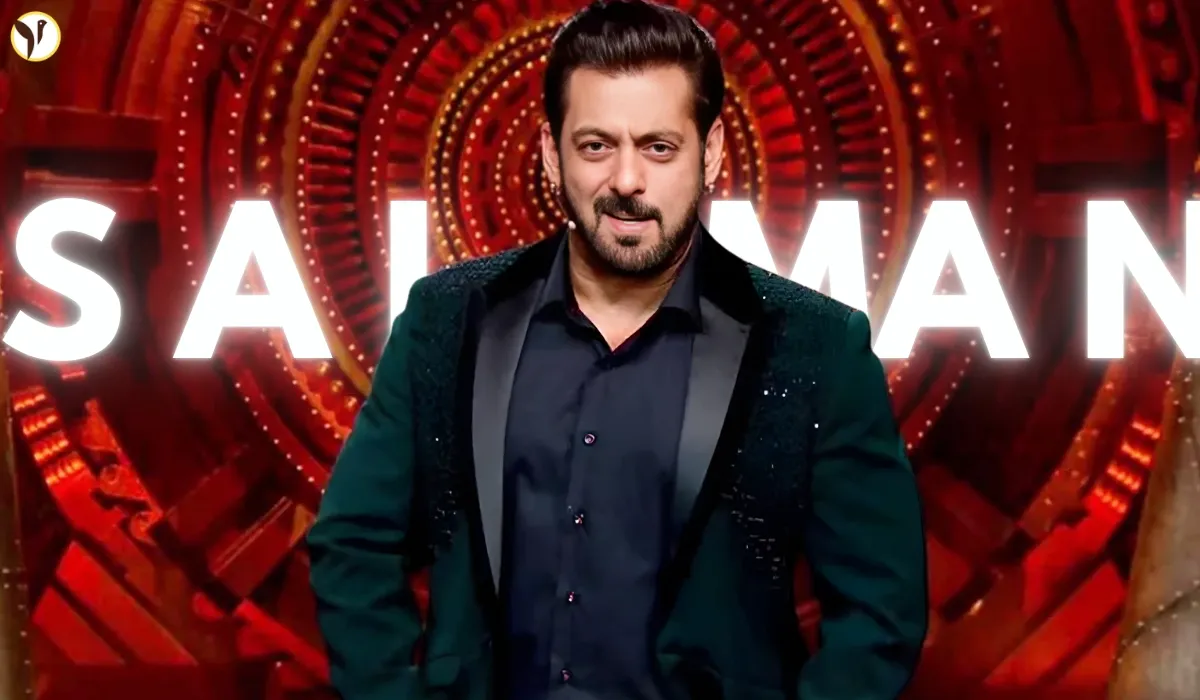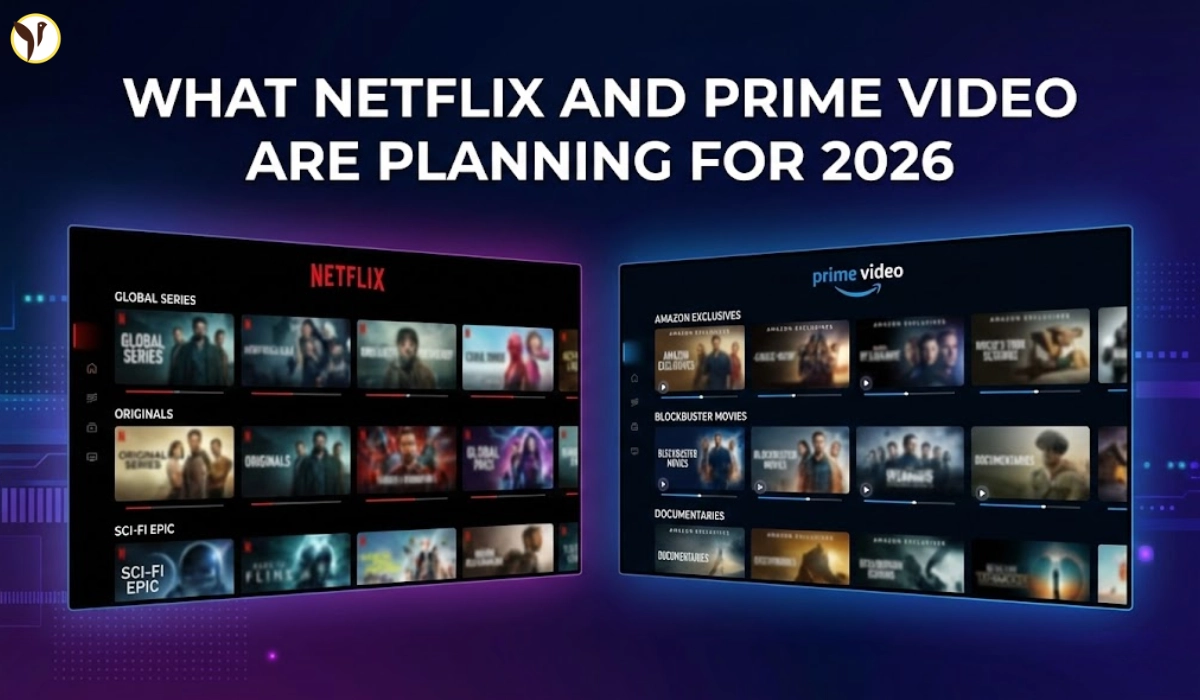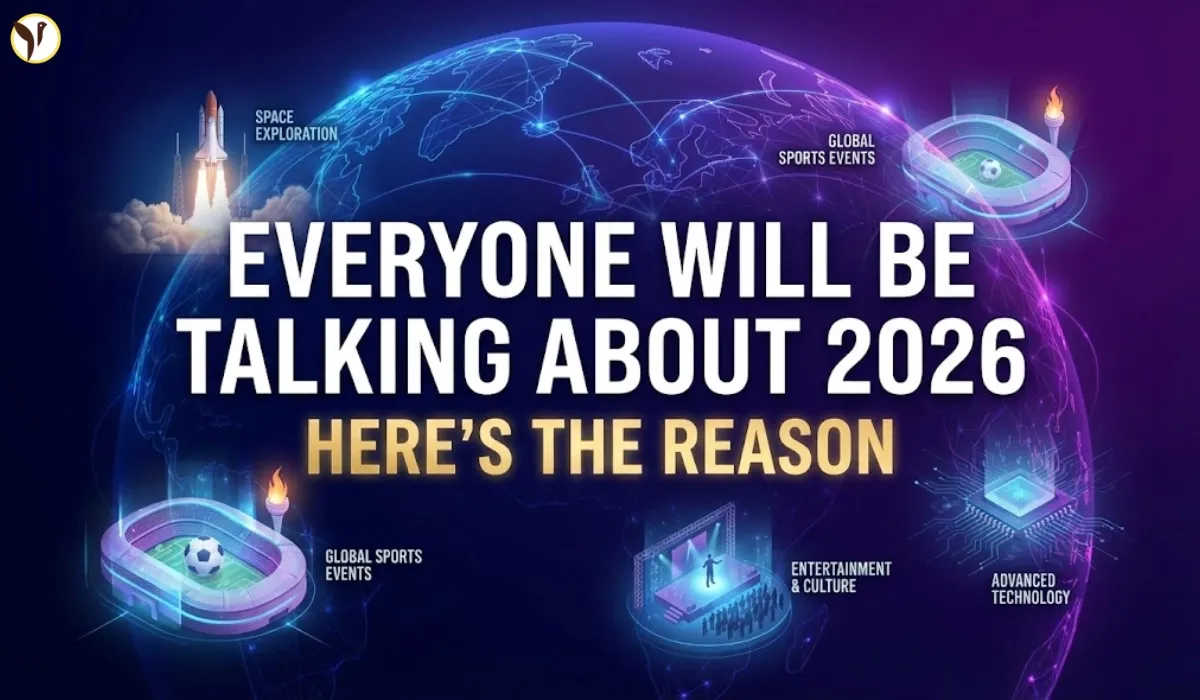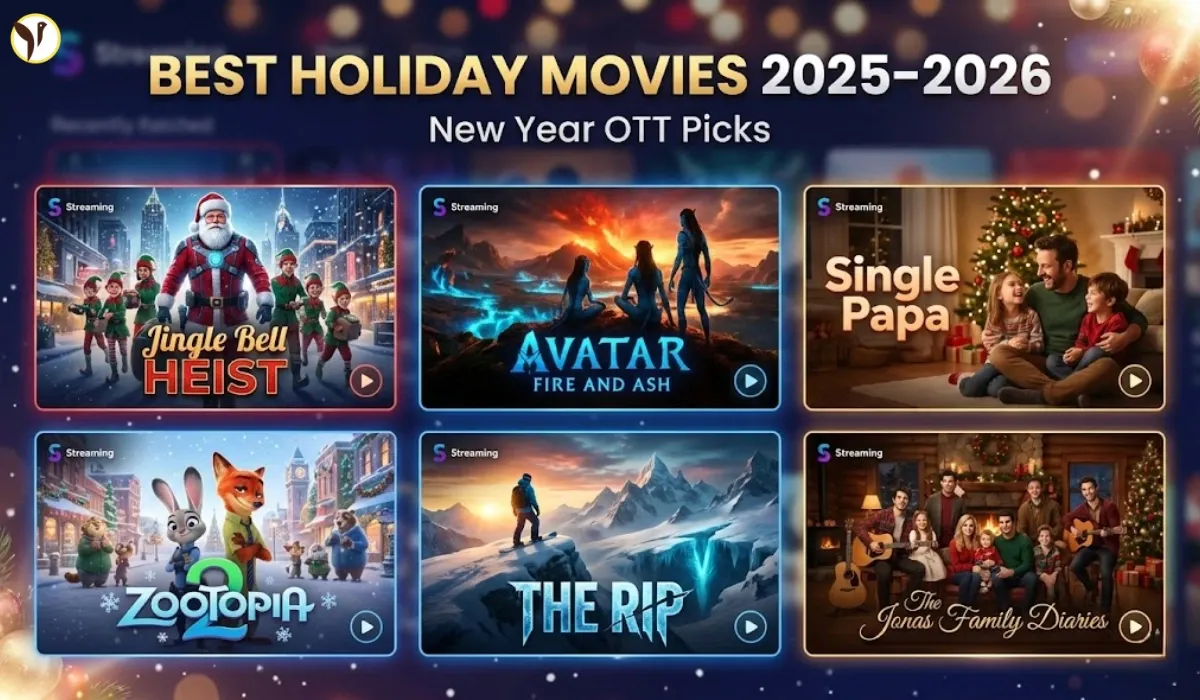YouTube has begun testing a new artificial intelligence system in the United States that can estimate a user’s age based on what they watch. The tool is part of the company’s broad effort to reduce opportunities for harmful content to find an audience, and the system has sparked discussion around privacy and accuracy.
Instead of just relying on the birth date that someone inputs when they create an account, the AI looks at a user’s watch history and viewing patterns to provide a guess as to whether or not the user is under the age of 18. If it identifies the user as a minor, its systems implement stricter safety measures on that account, such as disabling personalized ads, reducing or eliminating some recommendations, displaying reminders about screen time, and adding additional privacy-prompts.
The system is still in periodic testing with a limited number of logged-in viewers in the United States, and YouTube says it is monitoring the results closely before rolling out any particular change, but it has already ignited conversations among creators, parents, and digital rights advocates about their experiences with YouTube.
How the AI Age System Works and What Changes for Users
YouTube's AI checks a user's online behaviors including types of videos searched, channels viewed, and other relevant signals, in order to guess its age. According to the company, their aim is more age-appropriate experiences for teenagers in a way that protects users' privacy.
When the AI determines someone is under age, it puts into place
- No personalized ads: advertisers can't target the user because of their activity.
- Limited recommendations: the recommended videos the user sees will be limited for some videos, i.e. videos on sensitive topics.
- Well-being reminders: nudges/alerts for the user to stop taking a break from using YouTube/encouragements to check privacy settings.
- Extra content filters: the user may have a harder time finding certain videos especially around maturity/sensitive content.
If a user believes they have been mistakenly identified as a minor, they may verify their age via a government ID upload, a credit card to verify age using the credit card company's age, and or allow YouTube to authenticate a selfie..
The system also applies restrictions to users who are not signed in, but in which case, does not allow these users to verify their age - they are simply blocked access to some videos automatically.
YouTube has begun rolling out their AI age verification system as of today.
— ToonHive (@ToonHive) August 13, 2025
It will determine whether viewers in the US is under the age of 18 or not based on the content they watch on the platform. pic.twitter.com/Dm8AYCLccx
Reactions: Support, Skepticism, and Backlash
This company's use of the AI system comes at a significant time in the landscape of tech companies and minors -- parents are pressuring tech companies to protect minors online. Some states in the U.S. (Utah, Maryland and California) have passed laws requiring websites to verify age of users to access certain content.
Proponents of the change argue that there is no reason for children to easily get around age restrictions (by simply putting in a fake birth date) and that the AI would potentially create a greater barrier for minors from accessing inappropriate material.
Critics of the move have raised the following concerns
- Accuracy: AI age estimation is not fool-proof. If there is a margin of error of even a couple of years in either direction, you could have a minor treated as a child, or an adult unnecessarily blocked from viewing any content.
- Impact on certain groups: Adults with childlike interests (e.g., toy reviews, animated shows) could be misclassified, and there are fears that it could disproportionately affect neurodiverse users.
- Additionally, privacy concerns regarding the age-verifying process: the verification process could include the user sending ID or a selfie so the website would be storing highly sensitive personal information. If such a marker of identity was made available, as part of a data breach, that could provide very real risks.
- Freedom of expression: Efforts to protect minors from inappropriate content will have broader implications that may act as censorship (i.e., digital-rights advocates are concerned if overly-excautious filtering leads to harmful censorship).
One major concern among creators is that the system could reduce their audience reach. If teenagers are automatically filtered out from certain recommendations, some channels might see a drop in views and engagement.
YouTube has said it will review feedback during the trial phase and adjust the system before making any broader changes. The company insists that privacy is a priority and that data from this process will be handled securely
Its disheartening to see most big content creators not talking about YouTube forcing Age Verification with AI
— Chibi Reviews (@ChibiReviews) August 4, 2025
This is legit about to hurt a lot of people on August 13th pic.twitter.com/ChLemjDhK0
Conclusion
For now, YouTube’s AI age verification remains in limited testing. Supporters see it as a step toward safer online spaces for teens, while critics warn of privacy risks and possible errors. The coming months will determine whether this technology becomes a standard feature or faces a major rethink.
